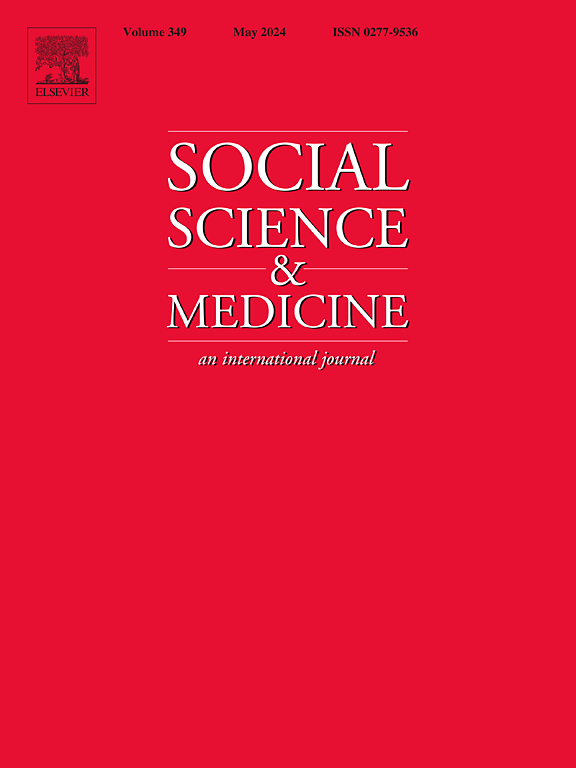The correlation of caloric intake from sugar-sweetened beverage (SSB) on type 2 diabetes mellitus (T2DM) risk in Indonesia
IF 4.9
2区 医学
Q1 PUBLIC, ENVIRONMENTAL & OCCUPATIONAL HEALTH
引用次数: 0
Abstract
Among the concerning commercial practices are those related to sugar-sweetened beverages (SSBs), which offer little nutritional value and contribute to energy-dense diets. Excessive SSB consumption is associated with obesity, a major risk factor for non-communicable diseases (NCDs), particularly Type 2 Diabetes Mellitus (T2DM). The rise in SSB consumption in Indonesia, driven by commercial factors, increases the risk of T2DM and related health burdens. This study aims to investigate SSB consumption patterns, caloric intake, and socio-demographic characteristics affecting T2DM prevalence, using probit regression estimates based on National Socioeconomic Survey (SUSENAS) 2018 and Basic Health Research (Riskesdas) 2018. The sample size comprises 699,959 individuals, with the unit of analysis focused on individual health outcomes. Our descriptive result implies that 76.49 % incurred expenses on at least one type of SSB in the past week. Ready-to-drink beverages were the most frequently consumed, while factory-produced liquid milk had the lowest average consumption. Probit regression analysis indicated that higher SSB caloric consumption significantly increased the probability of a T2DM diagnosis. This study underscores the need for targeted interventions to reduce SSB consumption and address T2DM risk factors, especially among higher-income households and specific regions.
求助全文
约1分钟内获得全文
求助全文
来源期刊

Social Science & Medicine
PUBLIC, ENVIRONMENTAL & OCCUPATIONAL HEALTH-
CiteScore
9.10
自引率
5.60%
发文量
762
审稿时长
38 days
期刊介绍:
Social Science & Medicine provides an international and interdisciplinary forum for the dissemination of social science research on health. We publish original research articles (both empirical and theoretical), reviews, position papers and commentaries on health issues, to inform current research, policy and practice in all areas of common interest to social scientists, health practitioners, and policy makers. The journal publishes material relevant to any aspect of health from a wide range of social science disciplines (anthropology, economics, epidemiology, geography, policy, psychology, and sociology), and material relevant to the social sciences from any of the professions concerned with physical and mental health, health care, clinical practice, and health policy and organization. We encourage material which is of general interest to an international readership.
 求助内容:
求助内容: 应助结果提醒方式:
应助结果提醒方式:


